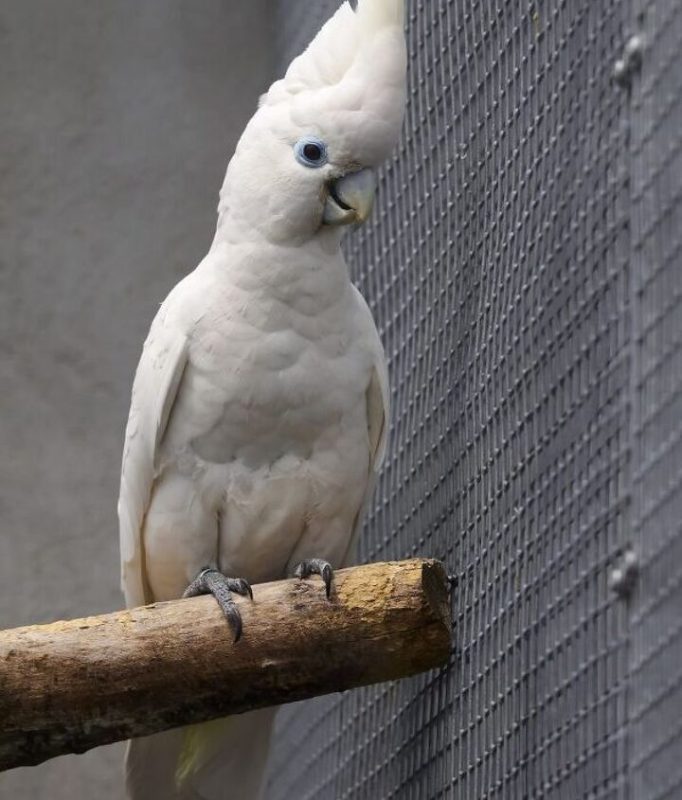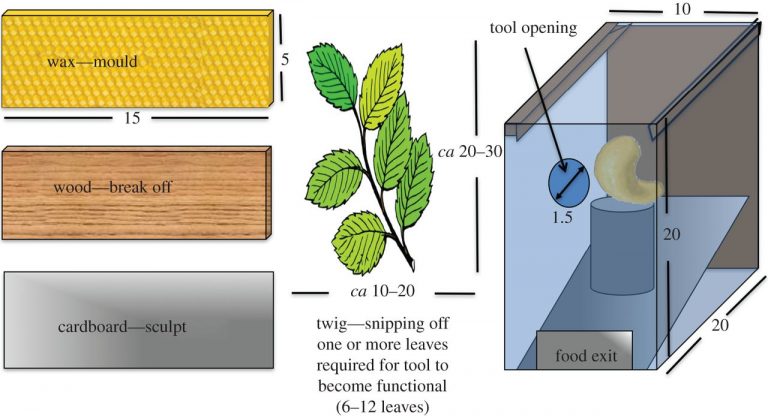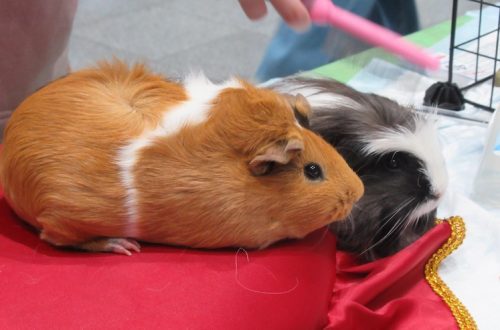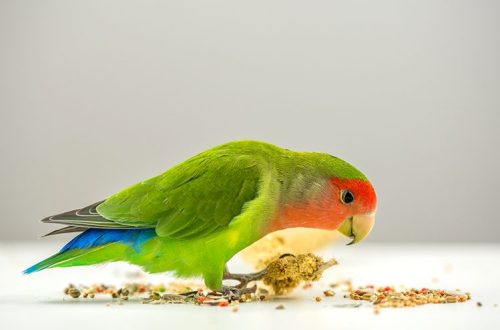
Cockatoo parrots – “jack of all trades”
Watching Goffin’s cockatoo (Cacatua goffiniana) Figaro, who lives in the laboratory of Oxford University, ornithologists noticed that in order to drag an object of interest to him into a cage, the bird easily makes devices from improvised materials that it uses as a tool to achieve the goal.
In the wild, this species of cockatoo does not build nests, does not select suitable materials for them, and does not use improvised means to obtain food. For this reason, scientists began to closely study the unusual behavior of the parrot.
Four adult male Goffin cockatoos took part in the experiment of ornithologists: Figaro, a bird that independently came to making tools, Doolittle, Kiwi and Pepin copied Figaro’s behavior and learned, looking at him, to make devices from wood. Also, Figaro was able to make a tool from a bamboo branch, and Pepin, in turn, was able to use a ready-made device.
Ornithologists offered three types of material to birds and 10 minutes to make a tool out of it, the obtained delicacy served as a reward and incentive – an Indian nut (cashew):

The result was amazing: the parrots gave the branch / wood chip / cardboard the necessary shape, depending on what material was in front of them. This suggests that in addition to the ability to make the right tool, birds are able to calculate its effectiveness and, based on this, change its shape.
Initially, Goffin’s cockatoo was offered a piece of wood. Parrots gnawed and broke off a chip of the right size, with the help of which they mined a nut.
The second material was a bamboo twig. Two parrots got rid of the leaves, bit off a branch of the desired length and took out a treat. The other two first removed about three leaves, but after unsuccessful attempts, the birds improved their tools and gradually completely cleaned the twig and achieved the desired result.
The fact that the first two parrots quickly got the nut, and the other two took longer, suggests that birds, like people, have different temperaments, characters and abilities to assimilate material.
Cardboard was the third material offered to parrots. In this case, the birds carefully bit through strips of cardboard of the same width, gradually narrowing the end. This behavior indicates that the bird calculated the approximate length of the required tool.
The results of the experiment suggest that Goffin’s cockatoos successfully cope with different materials that are needed for the same purpose. Birds consciously shape the instrument to maximize its functionality.
Video of how Goffin’s cockatoo makes tools for getting treats:
Materials for the article were used from the Biology Letters website.





